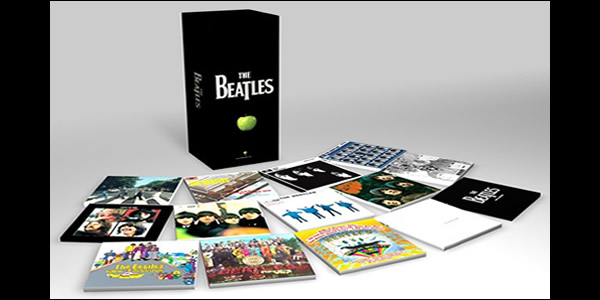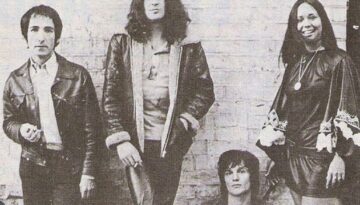Compilations and Box Sets
Ever since the beginning of the rock era, there have been compilations. As we mentioned in our very first special feature on The Album, long playing vinyl albums were simply a collection […]

Ever since the beginning of the rock era, there have been compilations. As we mentioned in our very first special feature on The Album, long playing vinyl albums were simply a collection […]

A Rock Opera Before it was a theatre act, Broadway play, or motion picture, Jesus Christ Superstar was simply a 1970 rock album produced by composer Andrew Lloyd Webber and lyricist by Tim […]